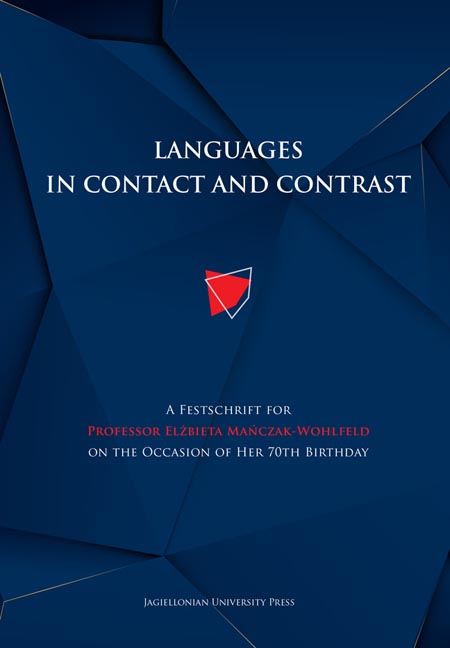 Languages in Contact and Contrast
Languages in Contact and Contrast Published online by Cambridge University Press: 14 October 2023
Introduction
Russenorsk (or moja på tvoja, as some of its users apparently called it) is traditionally described as a double-source, stable, non-extended pidgin. It is generally held that Russenorsk was current for 141 years and that it died out before 1920. Russenorsk is special because of the social status of its speakers: the Russians and the Norwegians involved in Pomor (barter) trade in Northern Norway were equals. Put differently, there was no party so dominant that could have paved the way to a scenario leading to creolization.
Hayden (2019: 77) estimates that 35% of Russenorsk vocabulary is of Norwegian (N) origin, 43% of Russian (R) origin, around 8% is the result of convergence and coinage (see below) and the remaining 15% comes from a multitude of languages: Low German, High German, Dutch, English (some items via the Solombala pidgin), Kven (the language of Finnish émigrés that settled in Northern Norway in the 18th and 19th centuries), Sámi, Swedish and even French.
The label “convergence and coinage” refers to words such as motrom, from N morgen (or morn) ‘morning’ and R utrom ‘morning’, or mangeli+, from N mange ‘numerous’ (cf. Russian mnogo ‘many’) and the R particle (clitic) li.
The three most salient grammatical elements include the “noun marker” -a, the “verb marker” -om+ and the preposition po. As for the first two morphemes, they only have a class-marking function, though neither -a nor -om is systematically used and there are numerous instances where a noun or a verb appears bare.
If the assumption is made (as some authors did in the past) that convergence also played a role in the origin of these elements, then it can be suggested that:
(1) “noun marker” -a is a merge of the Russian genitive singular masculine following some numerals (the so-called “partitive”) or the nominative singular feminine, and the Norwegian definite article for feminine nouns.
(2) “verb marker” -om+ is a merge of the Russian first person plural and hortative -jom and, perhaps, Cape Dutch pidgin -om. It is connected with Solombala pidgin -om. Beginning with Broch (1927), some authors have maintained that the Swedish hortative -um can be the sole source of it.
To save this book to your Kindle, first ensure [email protected] is added to your Approved Personal Document E-mail List under your Personal Document Settings on the Manage Your Content and Devices page of your Amazon account. Then enter the ‘name’ part of your Kindle email address below. Find out more about saving to your Kindle.
Note you can select to save to either the @free.kindle.com or @kindle.com variations. ‘@free.kindle.com’ emails are free but can only be saved to your device when it is connected to wi-fi. ‘@kindle.com’ emails can be delivered even when you are not connected to wi-fi, but note that service fees apply.
Find out more about the Kindle Personal Document Service.
To save content items to your account, please confirm that you agree to abide by our usage policies. If this is the first time you use this feature, you will be asked to authorise Cambridge Core to connect with your account. Find out more about saving content to Dropbox.
To save content items to your account, please confirm that you agree to abide by our usage policies. If this is the first time you use this feature, you will be asked to authorise Cambridge Core to connect with your account. Find out more about saving content to Google Drive.